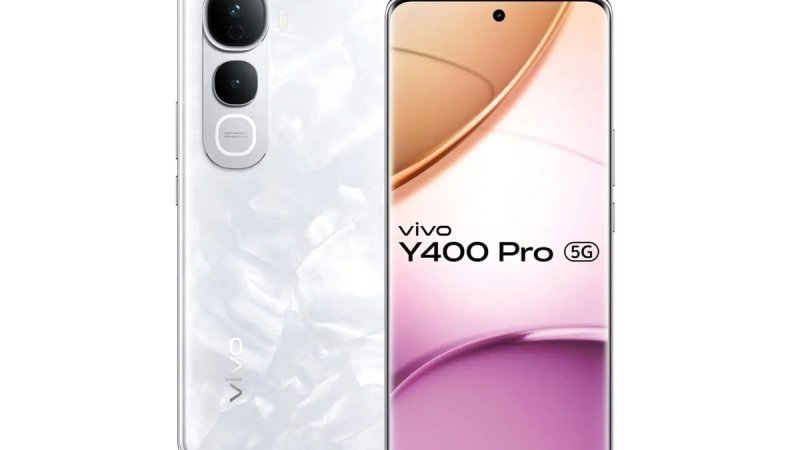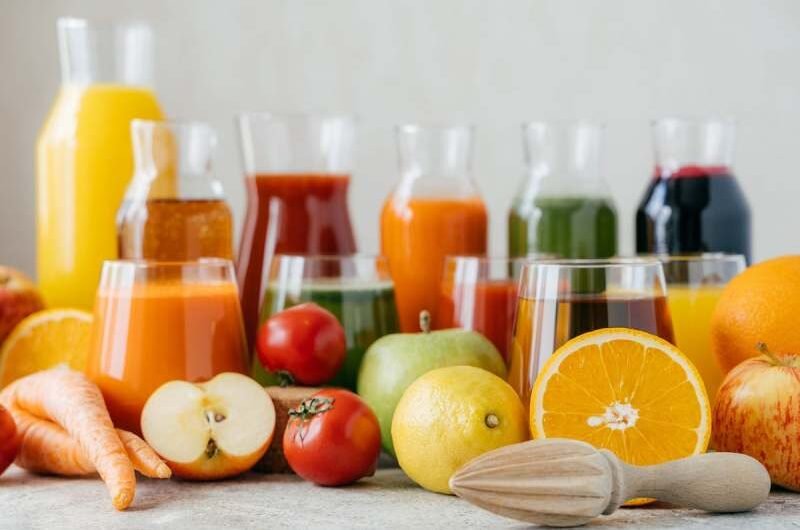When the acid levels in your stomach go beyond a certain point, you experience irritation, pain, and indigestion. Hence, the pH of the food you eat is also an essential factor. Food processing industries are required to maintain the ph level in the food to a certain level. They use a ph meter to determine the ph levels in processed and unprocessed foods.
A ph measuring device can be purchased for $80, and you may also get this device costing more than $1000. In most cases, the low-cost ph measuring instruments may not be appropriate for your food business. So, cost-based selection makes no sense. Here we have discussed essential points related to selecting the right ph measuring devices for food processing units.
Accuracy
It is one of the important things to consider when buying a ph meter. Expensive ph measuring devices have an accuracy of ±– 0.002 ph units. These units are generally used for research purposes. The food industry does not require this extreme level of accuracy.
If you run a food processing unit, you need to look for ph measuring devices having an accuracy range of ±0.01ph to± 0.02 ph. If you are making foods with very low ph, the ingredients are less likely to have ph over 4.0. Hence,a ph measuring device with a range of ±0.01ph to± 0.02 ph would be adequate.
Temperature
The pH changes with temperature. Hence, it would help if you looked for ph measuring devices that come with automatic temperature compensation. It will ensure the right ph readings of the product at the test temperature. If you buy a ph measuring device without this feature, you need to cool the product to room temperature before taking ph readings. It is always a good idea to choose a ph measuring device with automatic temperature compensation with a temperature range that includes the cooked product’s filling temperature.
Calibration
All ph measuring devices require calibration for accurate readings. Make sure the device you buy offers calibration to industry standards. Most ph measuring devices allow you to calibrate the instrument to a minimum of two standards at a time.
Calibration Standards
The two crucial calibration standards are ph7 and ph4. The ph4 standard is considered necessary as the device needs to be calibrated to the standard that does not exceed more than 3.0 ph units of your product. The ph measuring devices are sold with ph4, ph7, and ph10 calibration standards. The food processing industry does not require a ph10 calibration standard.
Type of Electrodes
The ph measuring devices come with a variety of electrodes. You need to determine the right type of electrode as they are immersed in the product. The electrode’s material depends on the product’s test temperature at which the ph needs to be checked. It is also necessary to ascertain whether the product contains oil as it can clog electrodes and give erroneous readings.
Emulsified products or products containing oil need special electrodes. These electrodes are expensive but last longer and help in achieving accurate ph readings.
To sum up, these are some of the critical factors you need to check when buying ph meters for your food processing business.
Topics #automatic temperature compensation #food processing business #Food Processing Unit #pH Meters











